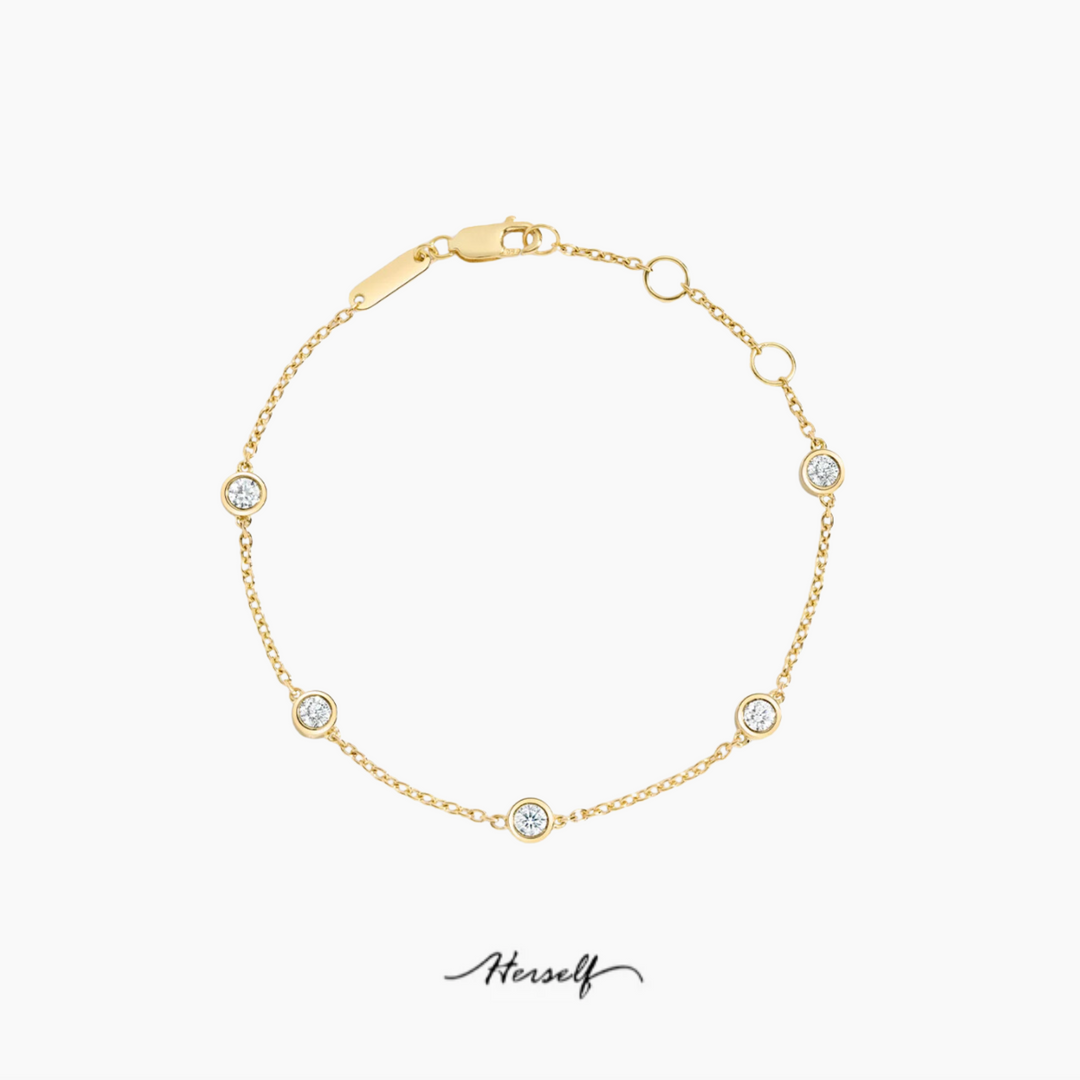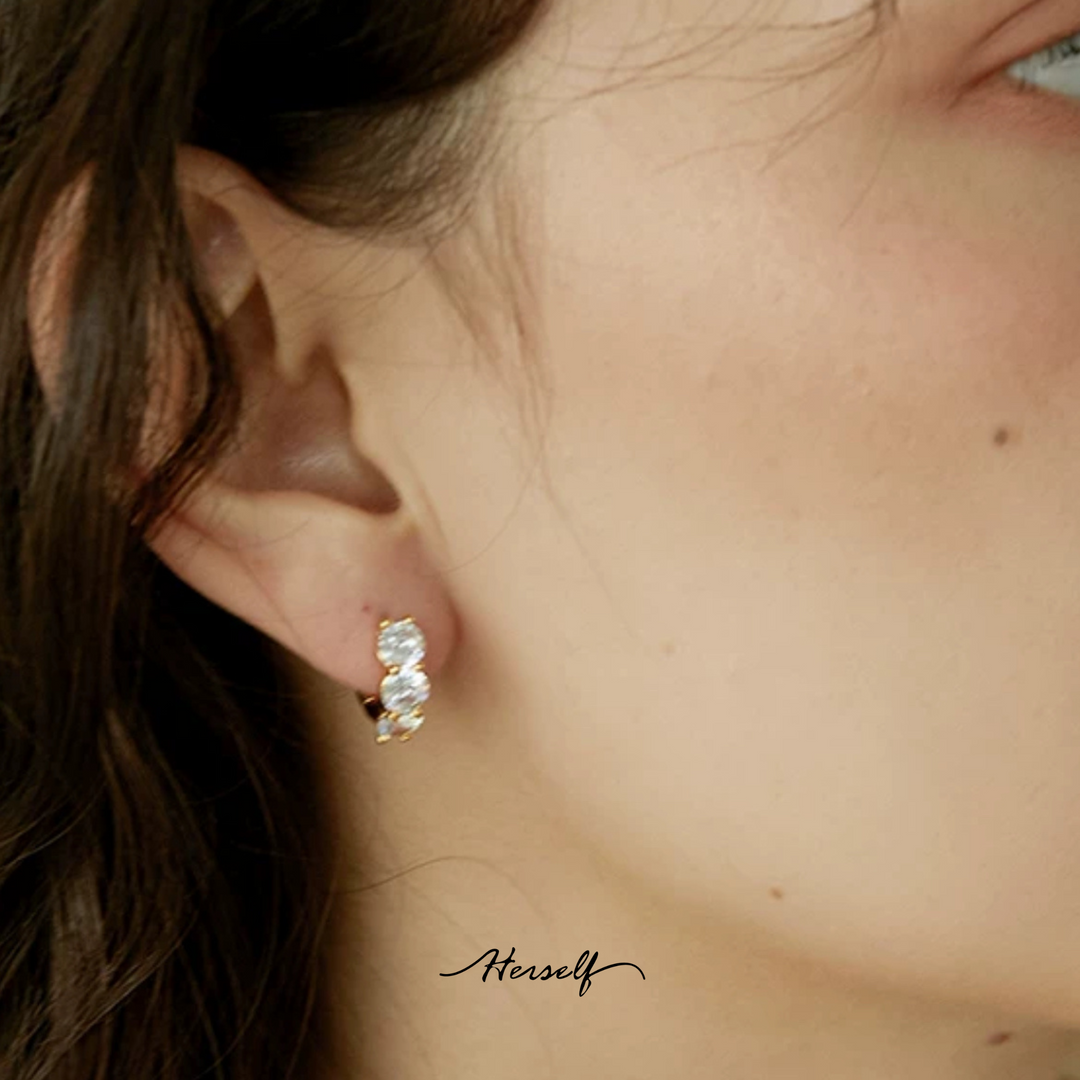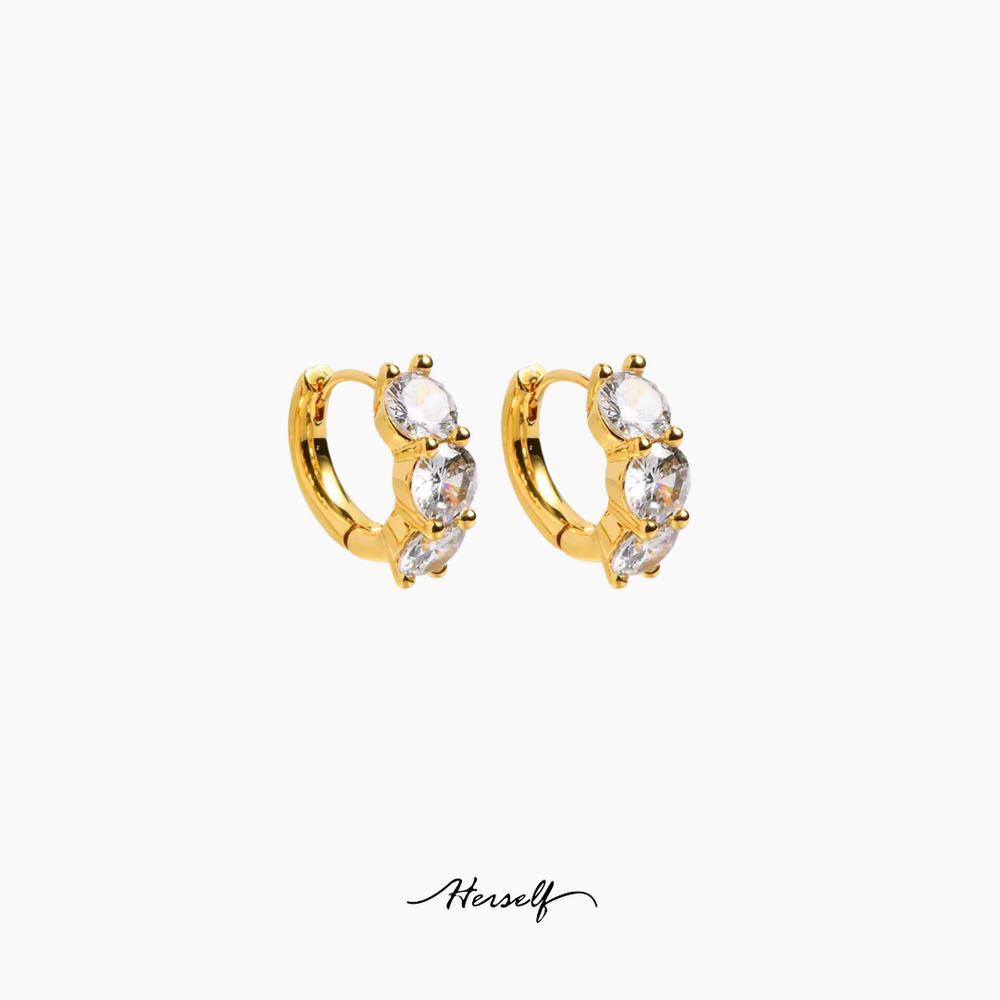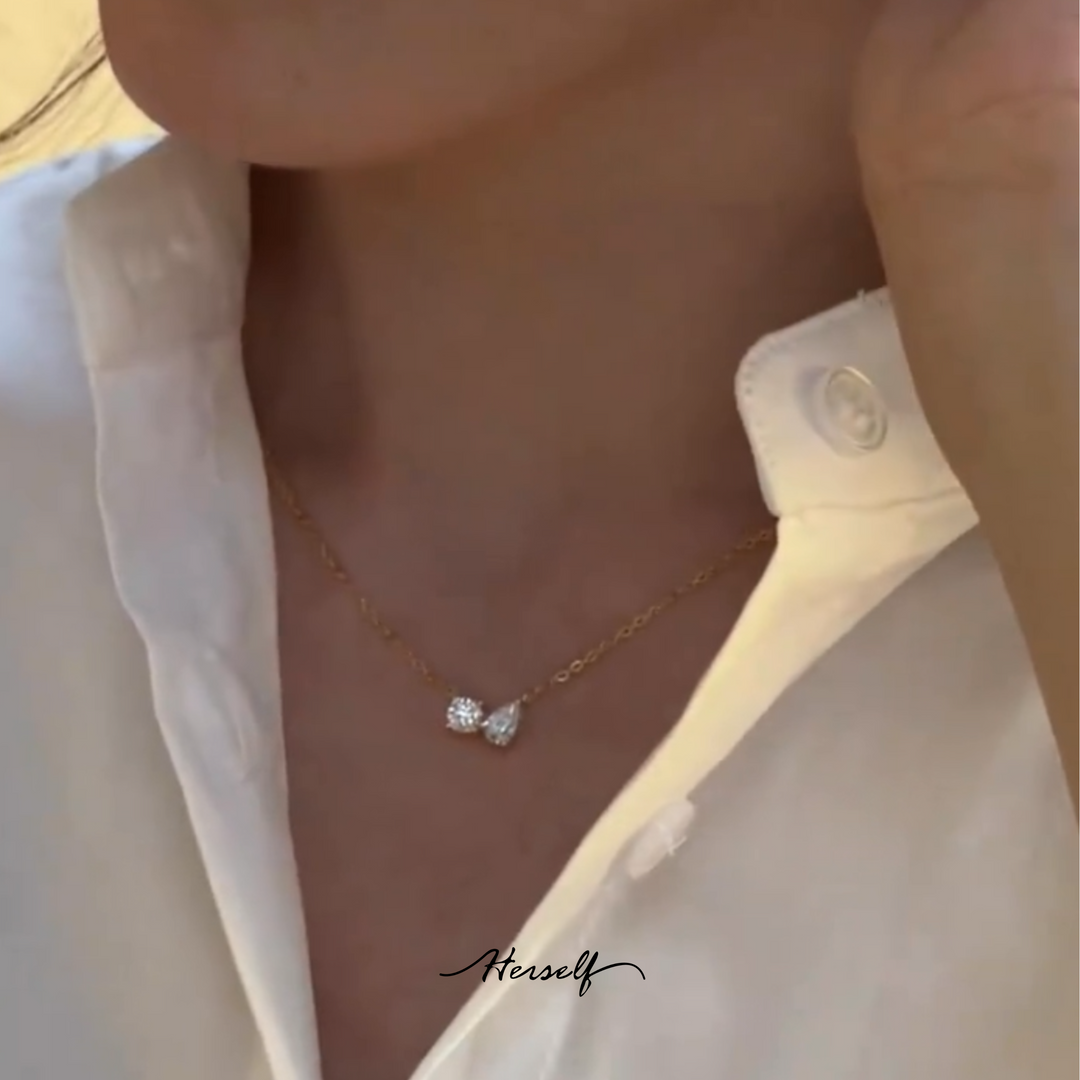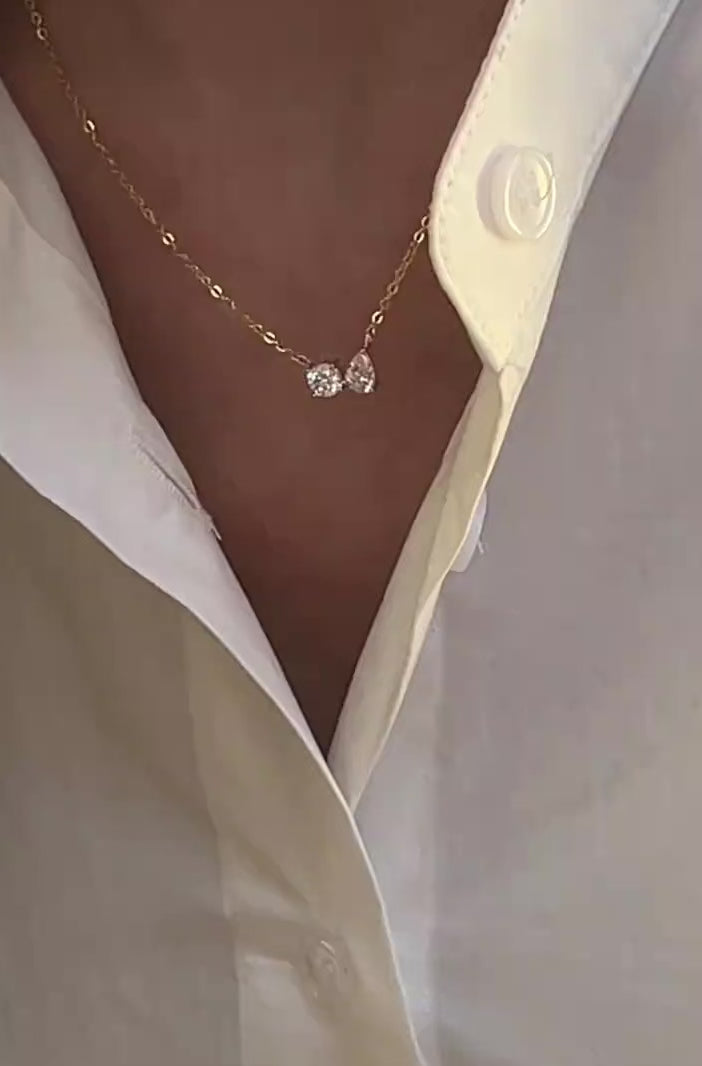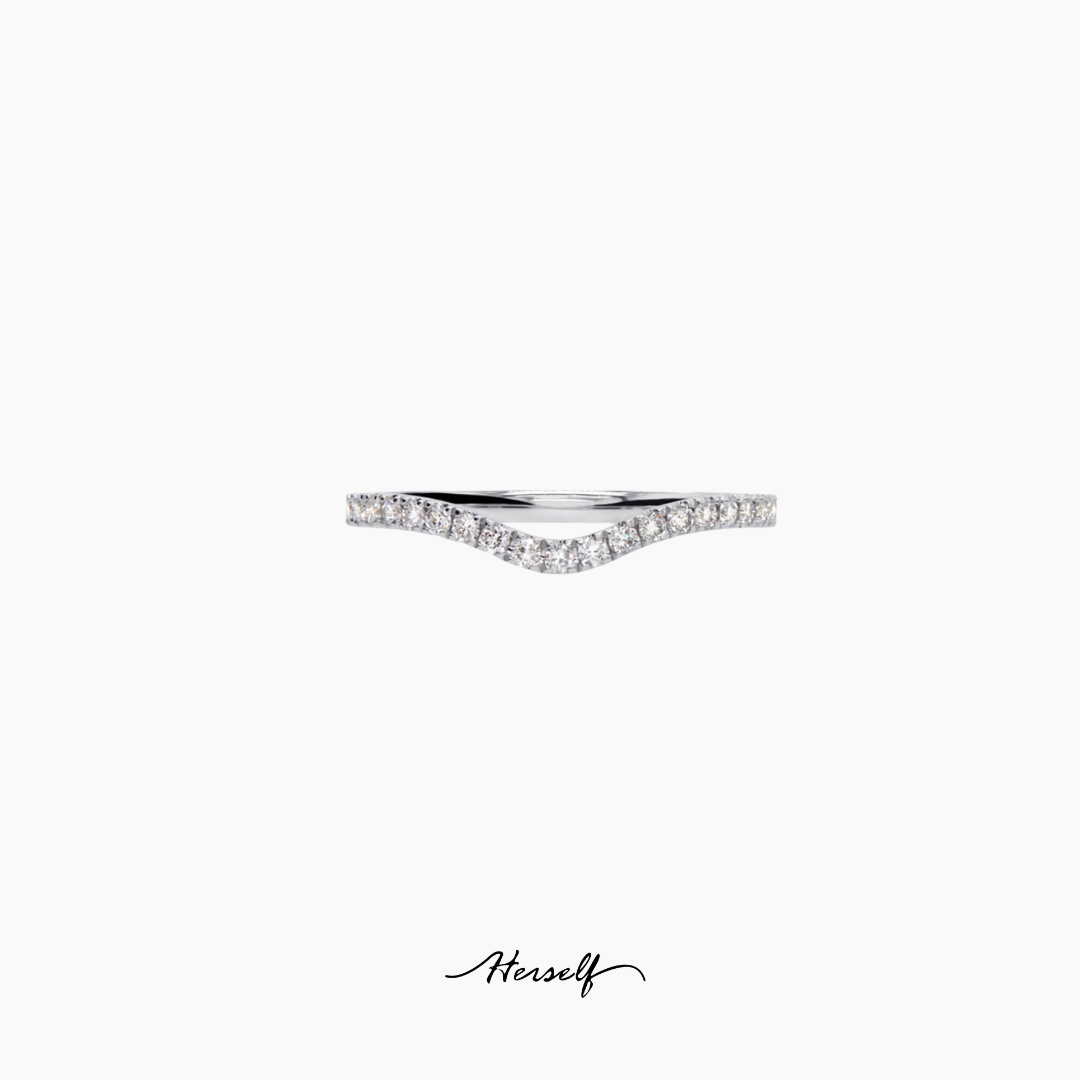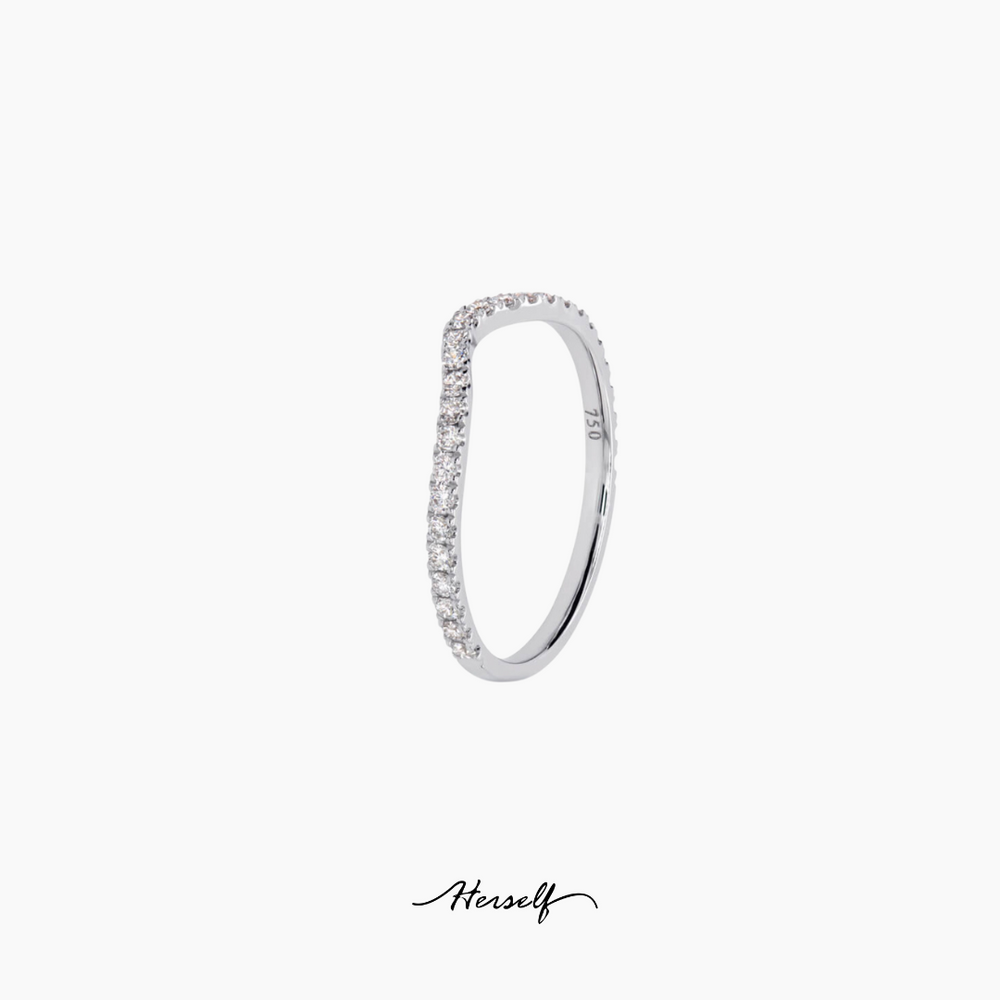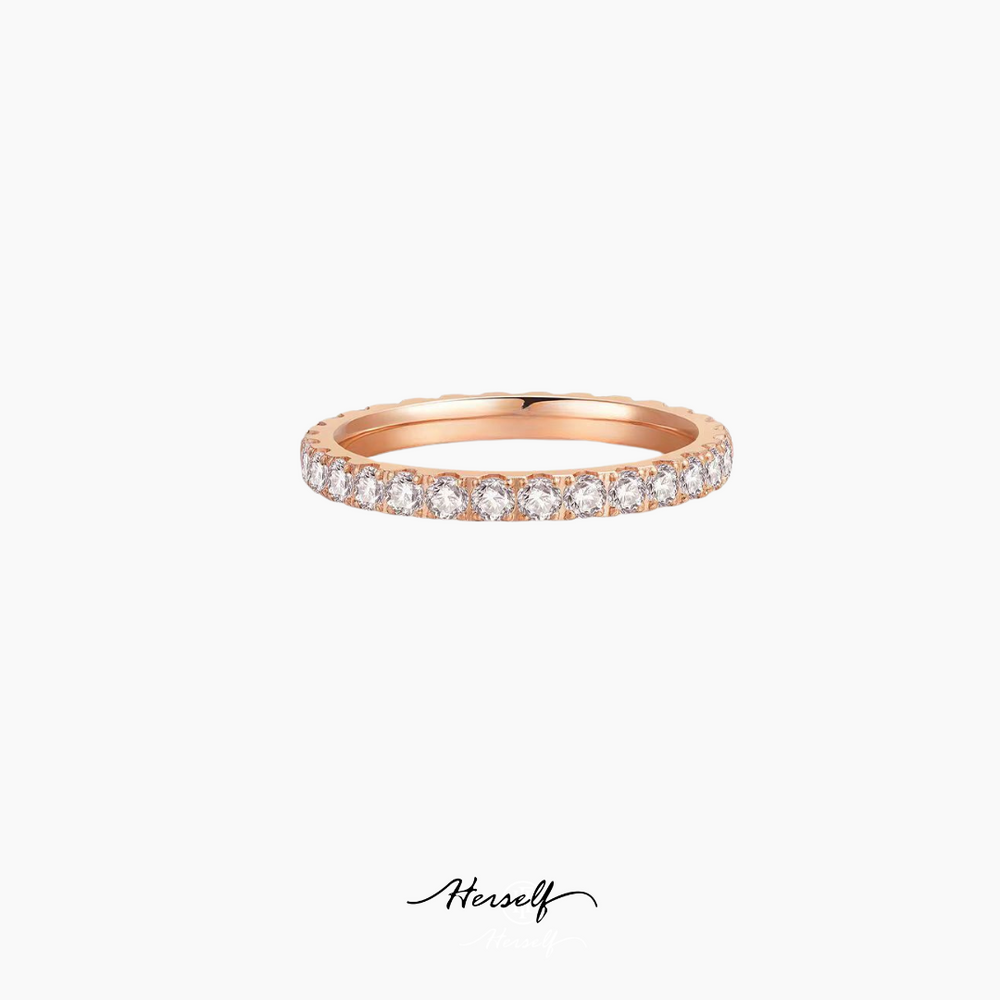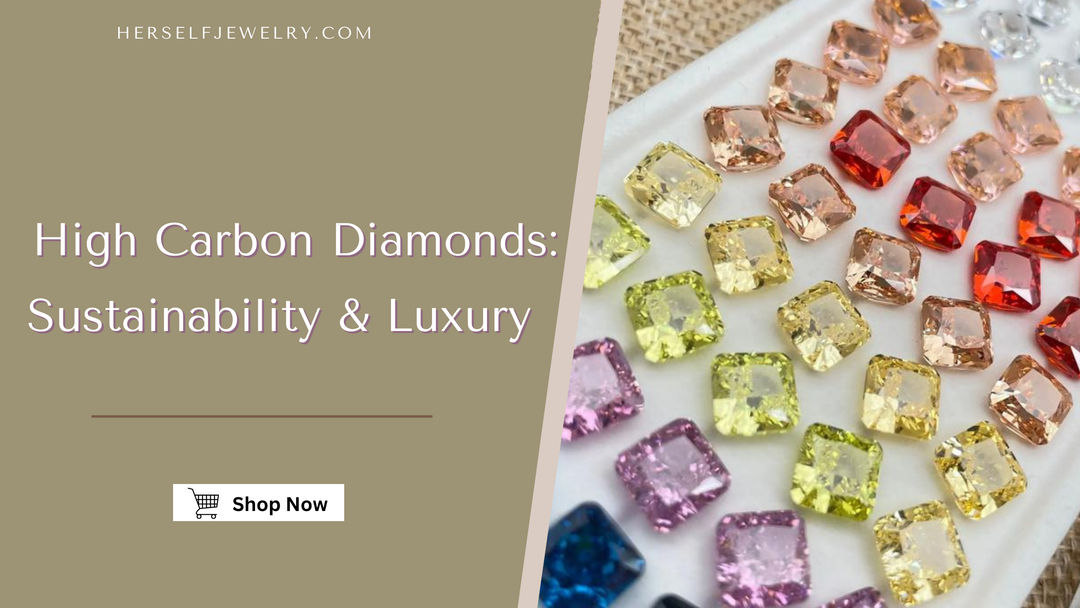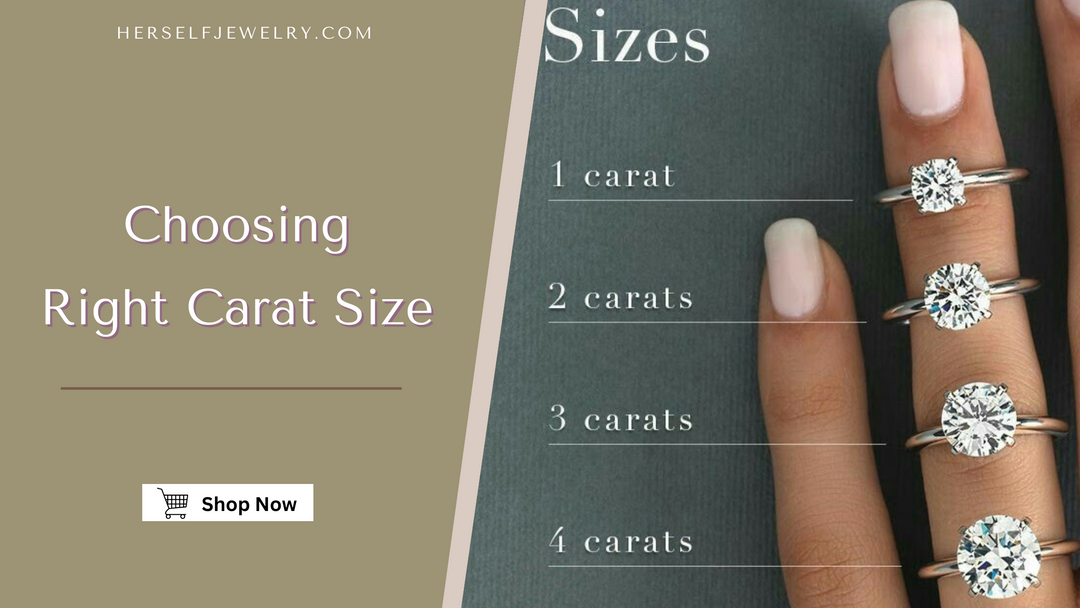Lab-created Gems
View all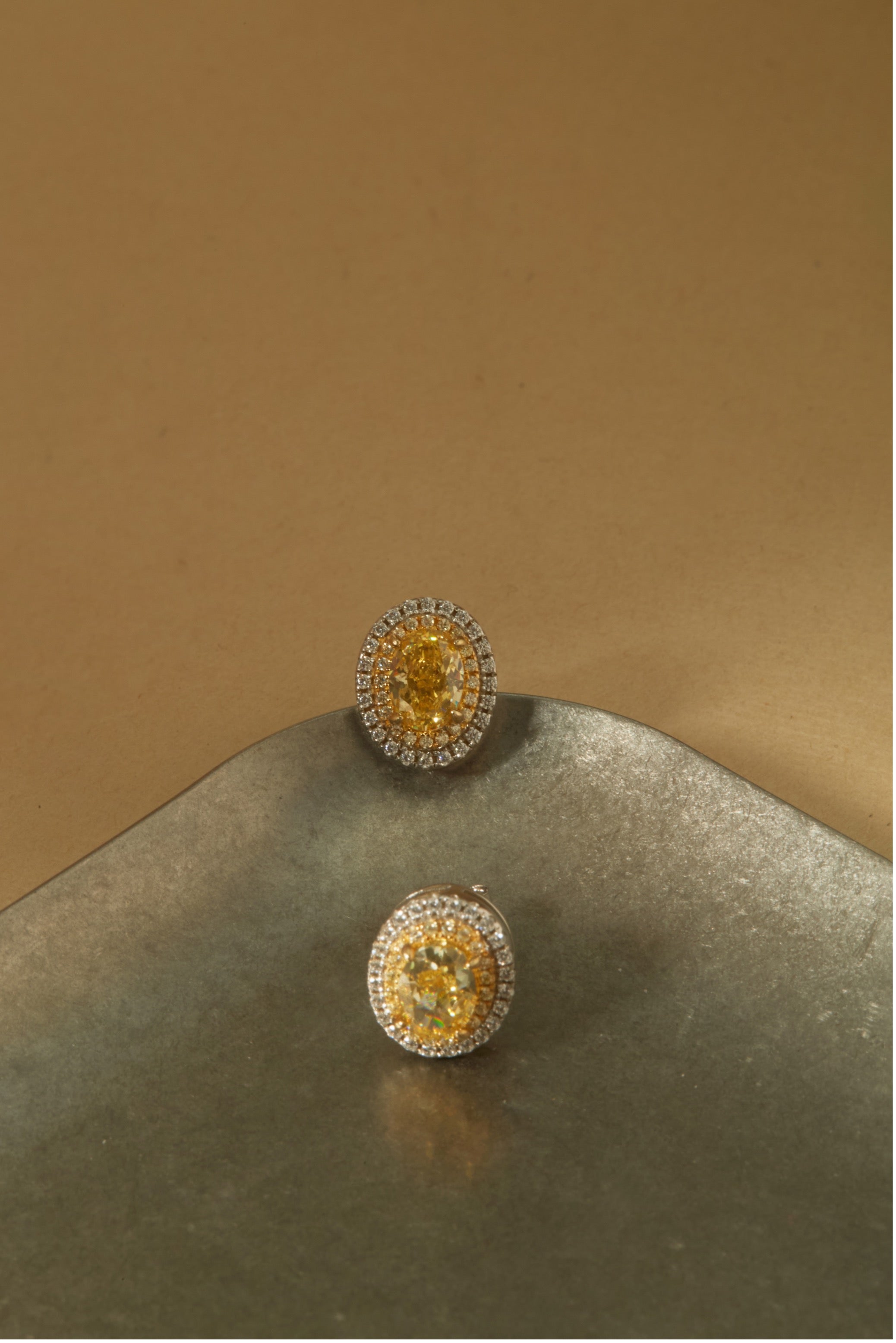
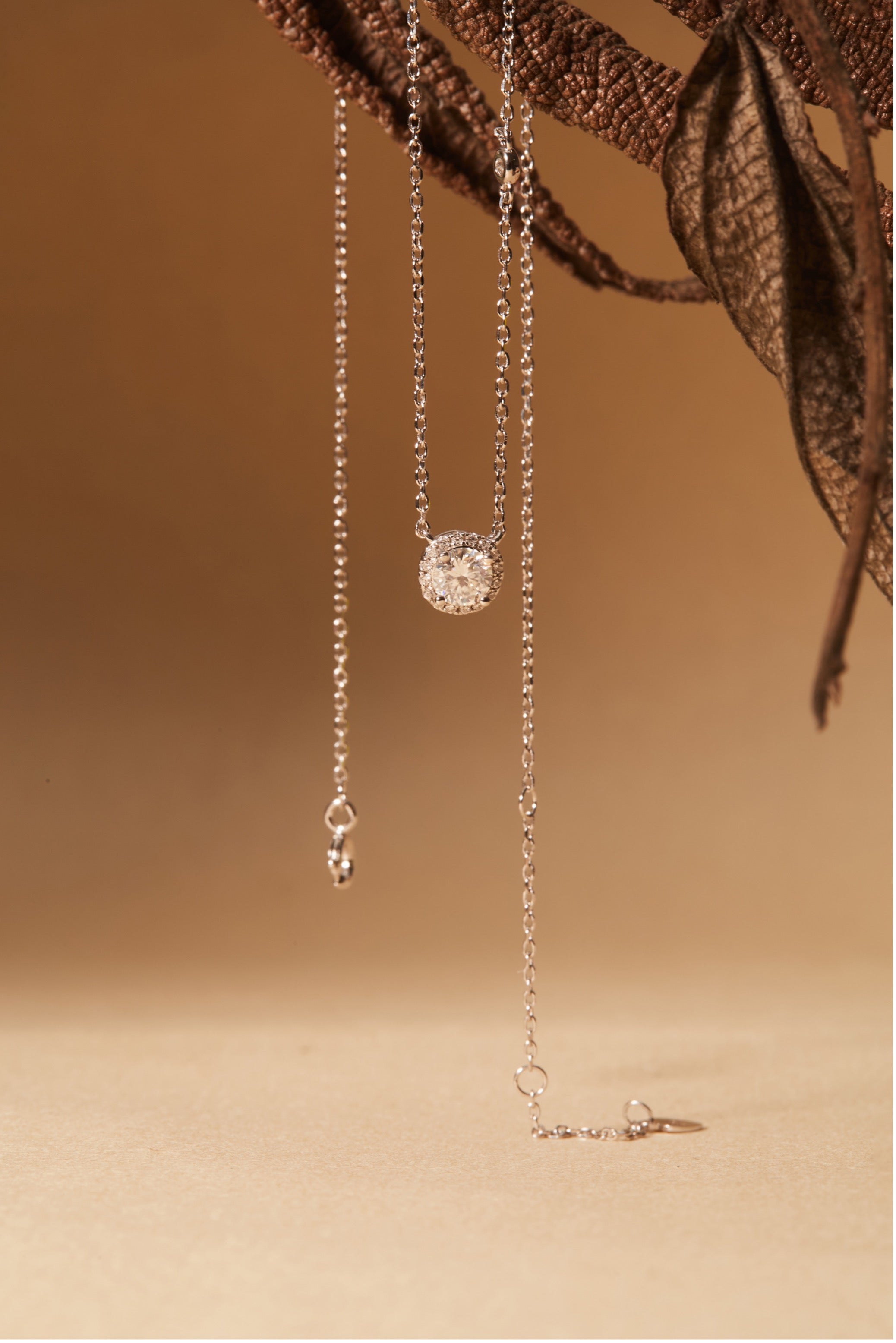
Lab-Grown Diamonds
View allWe are a regulated jewelry dealer by Ministry of Law in Singapore under The Precious Stones and Precious Metals Act 2019.
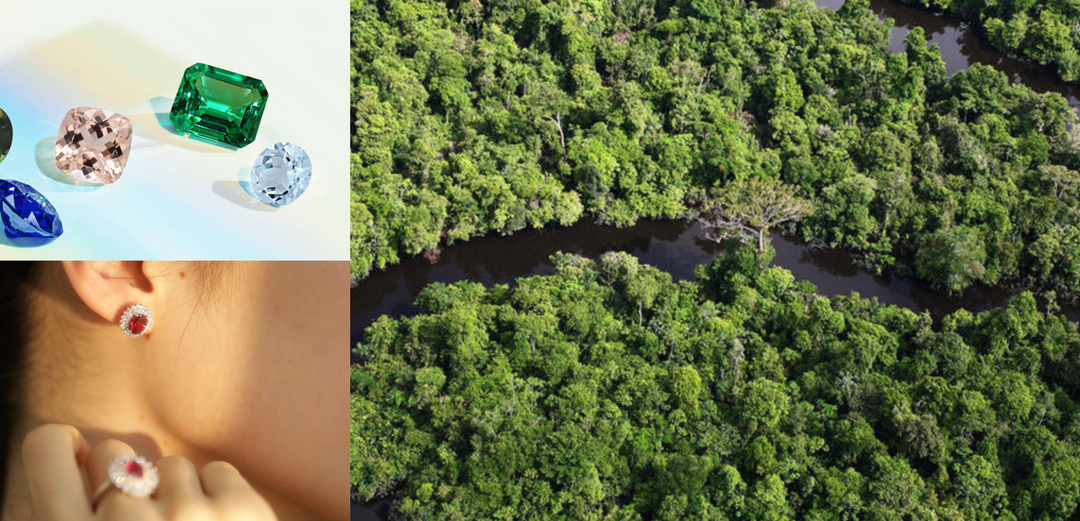
Greener Planet
At Herself Jewelry, we use cutting-edge technology that replicates the natural gemstones growing process in a lab. The resulting gemstone is identical to one that comes from a mine in every way — except its lower environmental impact. We aim to be the jewelry that doesn't cost the earth.
Authenticity
Our commitment to quality and authenticity is unwavering. Each pearl in our collections that are handpicked from the seas and lakes of Southeast Asia, Japan, and Australia. All our lab-grown diamonds and gems are from the top labs in India and China. We offer a 100% guarantee on the authenticity of our pearls, lab-grown diamonds and gems.
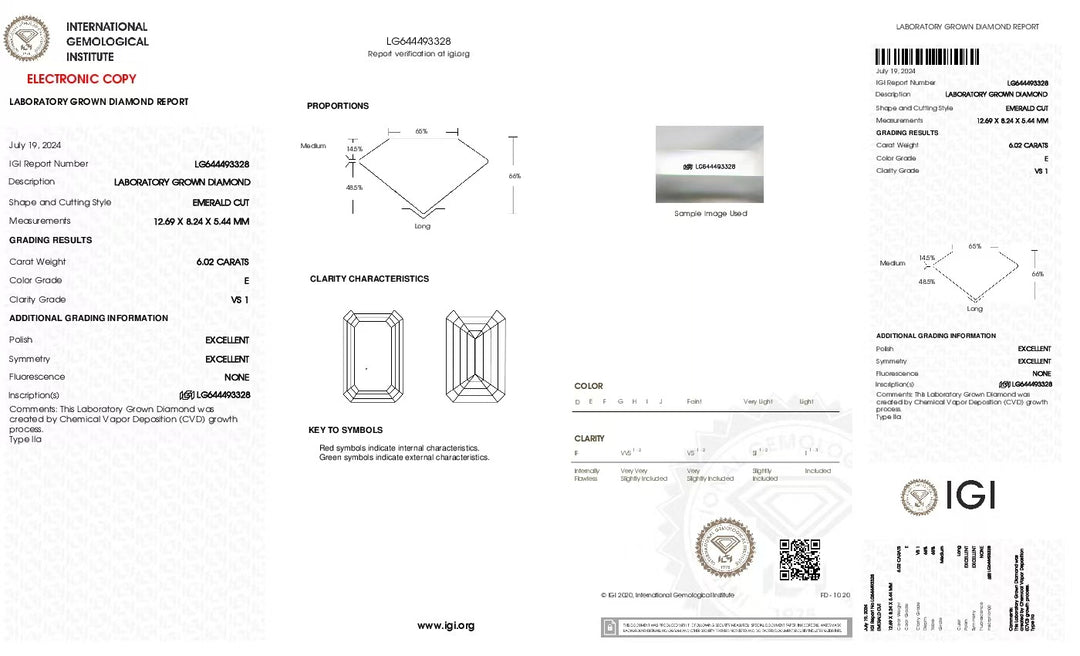

Giving Back
True beauty beyond products
As a dedicated small brand, we're deeply committed to making a difference in the world around us. We proudly commit to donate 5% of our profits each year to United Women Singapore, supporting their vital efforts in women empowerment and gender equality.
FAQs
Lab-grown diamonds and gemstones are created in the laboratory. Although they are not mined from miles underground like natural diamonds and gemstones, both natural and lab-grown have the same chemical, physical and optical properties. For this reason, lab-grown diamonds and gemstones are considered to be genuine ones. Please remember that lab-grown diamonds or gemstones are not simulated diamonds or gemstones. Simulated gemstones have a similar appearance to natural gemstones but are made of a completely different material.
With the world positively imbibing the culture of a more sustainable environment, the jewelry industry has been innovating with lab-grown diamonds and gemstones. These alternatives to mined gems are very ethical and sustainable. With them, there are fewer environmental problems derived from carbon emissions, land destruction, and even ethical challenges that are common with mined minerals.
Chemically, lab-grown diamonds or gems are identical to the natural ones, thus lab-grown gems are real gemstones.
Lab-grown diamonds or gemstones not only possess remarkable value but also offer an ethical and sustainable choice for conscious consumers. These gems are crafted with meticulous care in controlled environments, ensuring they meet the same standards of beauty and durability as those mined from the earth. By choosing lab-grown gems, customers can enjoy the luxury and allure of fine jewelry while supporting environmentally friendly practices and reducing the demand for mined stones. Furthermore, lab-grown diamonds and gemstones provide exceptional quality and brilliance at a fraction of the cost, making exquisite gemstone jewelry more accessible to a wider audience. Celebrate beauty, sustainability, and value with our collection of lab-grown diamonds and gemstones.
At Herself Jewelry, we are proud to bring you top-quality real freshwater pearls, exquisite Edison pearls, and the finest Akoya pearls, and Tahiti pearls. Each product is meticulously hand-checked to uphold our high standards of guality.
Pearl grading is a system used to evaluate the quality and value of pearls based on several factors:
- Luster: This is the amount and quality of light that reflects off the surface of a pearl. Higher luster pearls are more valuable.
- Surface: This factor refers to the cleanliness or smoothness of a pearl's exterior. The fewer blemishes or irregularities, the higher the pearl's grade.
- Shape: Round pearls are the most coveted and thus receive the highest grades. However, other shapes like teardrop, oval, or baroque can also be appealing and valuable.
- Color: While this is often a matter of personal preference, some colors are rarer and more sought after than others.
- Size: Generally, larger pearls command higher prices, provided they maintain good scores in the other grading categories.
- Nacre thickness: This is particularly important for cultured pearls. The thicker the nacre (the substance pearls are made of), the longer the pearl will last and the richer its luster will be.
Different systems are used worldwide, but AAA-A is one common method, with AAA being the highest quality.
Pearl blemishes are minor surface imperfections that occur nafurally durinc a pearls formation process. These can include spotsridges, small bumps, and other irregularities. lfs important to note that blemishes do not necessarily indicate ow guality. ln factthese natural features can add unique character to a pearl, enhancing its individuality. Since pearls are formed organically within living creatures, each pearl is unique and no two pearls wil be identical. Even the highest quality pearls may still possess minor blemishes, but these are typically less noticeable and do not detract from the overall beauty or luster of the pearl.
At Herself Jewelry, we meticulously hand-select our pearls and ensure that any blemishes do not compromise the overall aesthetics and quality of our iewelry pieces. While perfection in pearls is a rarity, and also very costly. While we strive for perfection, we cannot guarantee every pearl to be flawless. However, it's this natural imperfection that underscores the true beauty of pearls.


















